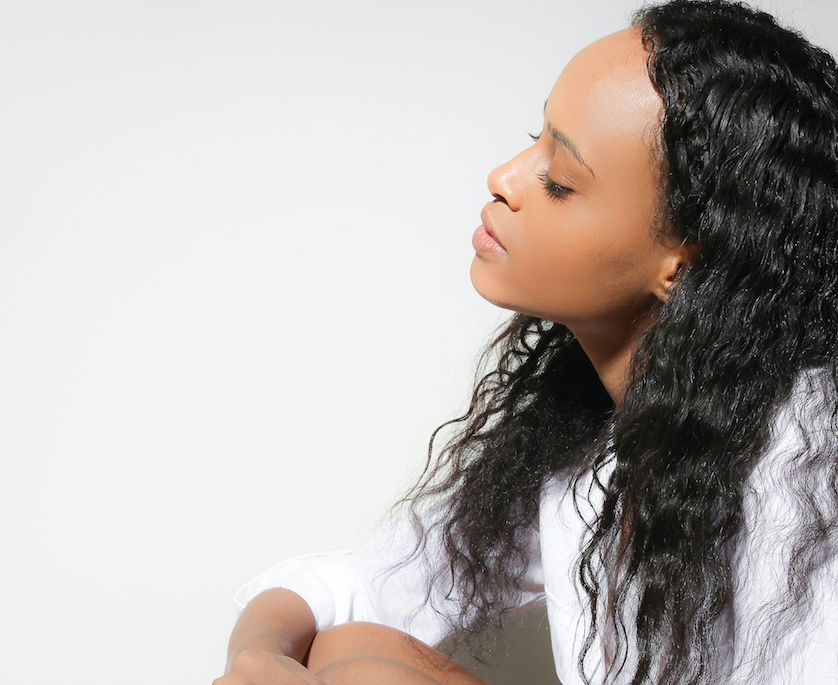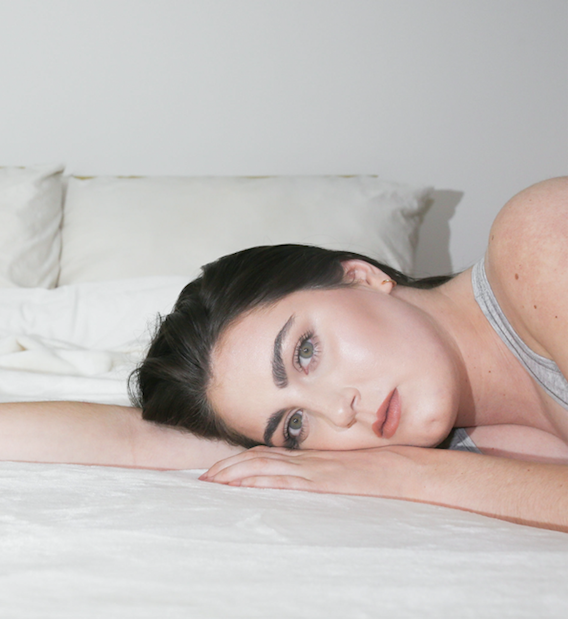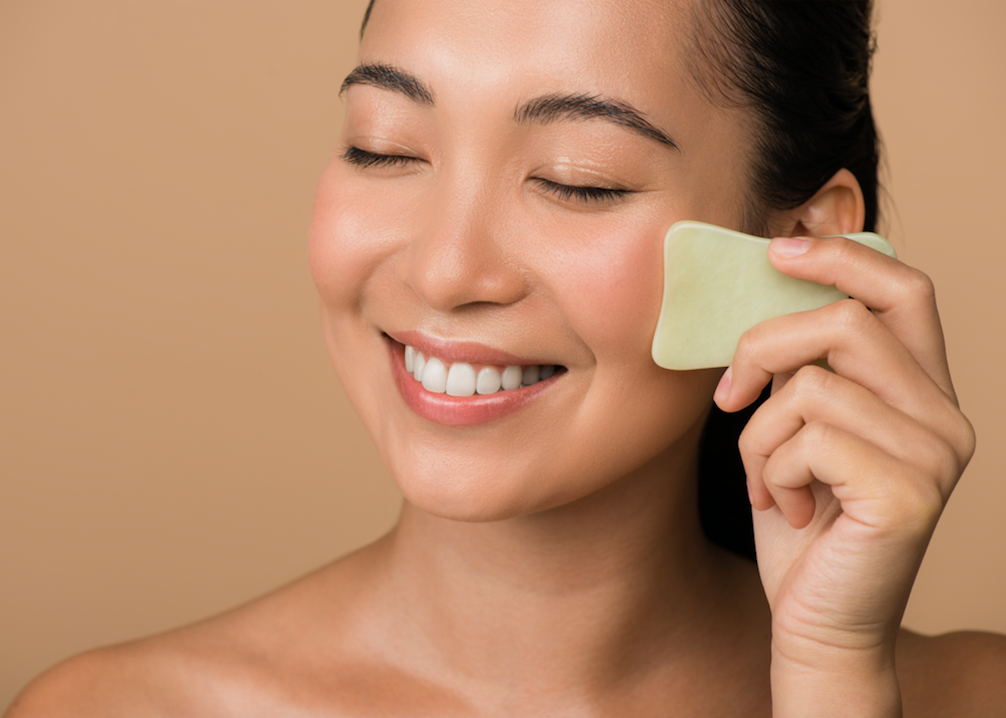Get to the root of your headaches

Find out what's causing them & tips for prevention
MP Edition 052
Whether you frequently get headaches or they’re the result of some extra stress or tension these days, we can all agree that headaches of any kind are never fun. But alas, they plague nearly everyone. So if you’ve ever suffered from a headache, you’re gonna want to read on.
Types of headaches?
The first thing you need to know is that there are several hundred types of headaches, but the most common one are:
- Tension: Can last from half an hour to several hours and symptoms include:
- Dull pain on either side of the head
- Pressure across the forehead
- Migraines: Can last from 4 to 72 hours and symptoms include:
- Pain in the face or neck
- Throbbing in one area
- Sensitivity to light, sound, and smells
- Nausea
- Fatigue
- Auras (blurred vision or see spots, dots, or wavy lines)
- Cluster: Can last for weeks or several months and symptoms include:
- Intense pain, usually on one side
- Drooping eyelid
- Small pupil
- Tearing
- Runny nose
- Sinus: Can last from several days to weeks and symptoms include:
- Pain in the face
- Sinuses
- Eyes
- Ears
- Forehead
- Congestion
- Itching
- Runny nose
- Fever
- Swelling in the face
What causes headaches?
All headaches are either primary or secondary. A primary headache is caused by chemical imbalances or situations (dehydration, foods, etc.). They’re not the result of an illness or another health condition as is secondary headaches. Common causes of primary headaches include:
- Stress
- Sleep deprivation
- Fatigue
- Alcohol
- Skipped meals
- Teeth grinding
- Certain processed foods
- Poor posture
Tension, migraine, and cluster headaches are all classified as primary, and some people may be genetically prone to develop primary headaches.
A secondary headache is considered a symptom of a disease or health issue. Common causes can include but are not limited to:
- Nasal and sinus infection
- Blood clot
- Brain aneurysm
- Brain tumor
- Concussion
- Dental problems
- High blood pressure (hypertension)
Sinus headaches are considered secondary. The severity of secondary headaches can vary from NBD to very serious.
What to do when you have a headache?
- Ice, ice, baby: Place a cold pack, ice cubes wrapped in a towel, or if you’re in a pinch, a bag of frozen peas on your forehead. Or you can try a migraine ice cap to help lessen the pain.
- Use a heating pad: A heating pad on your neck or the back of your head can help ease tensions that might be triggering headaches. A hot shower might also do the trick.
- Drink some java: Caffeine in small quantities can help ease your headache pain and even help pain relievers like Tylenol work more effectively.
- Try to relax: Whether it’s stretches, yoga, or meditation, learning how to relax your body and mind can help with the pain reduction.
- Apply pressure: Pressure can do wonders for relieving headaches. Try massaging your neck and temples to ease tension. For a hands-free approach, you can also tie a scarf or tie tightly around your head, ninja-style.
- Add some ginger: In addition to pain meds, ginger has been known to ease pain from headaches. Try a ginger supplement or ginger tea if your cup of tea is...well, tea.
- Drink water: Dehydration can lead to headaches, and that is a fact. Thankfully, headaches caused by insufficient H2O is usually a quick fix. Drinking water can relieve dehydrated-induced headaches in as little as 30 minutes.
- Take magnesium. Magnesium has also been shown to be helpful in relieving headaches. They’re available in powder form or supplements.
- Use essential oils: Headache relief is among one of the many benefits of essential oils. A couple of dabs of peppermint oil to the temples can help reduce the symptoms of tension headaches. Try Saje’s popular Peppermint Halo roller. Meanwhile, lavender oil helps reduce migraine pain.
- Yoga poses. Namaste to make your migraines namaste go. To help reduce some of the throbbing pain you may have, there are certain poses such as, Downward dog and Child pose that can increase your circulation and blood flow to your brain and relieve tension and stress.
- Try acupuncture: Acupuncture is a technique of Traditional Chinese medicine that involves inserting thin needles at specific points that correlate to parts of the body. The spot between your thumb and forefinger has been linked to headache relief. If needles are not your thing, try this Aculief’s wearable acupressure from Amazon.
Tips to prevent future headaches
- Limit liquor: Sorry, headache-sufferers, alcohol has also been shown to cause headaches. Alcohol is a vasodilator, which means it widens blood vessels and allows blood to flow more freely which can cause headaches. Alcohol also acts as a diuretic, which means you pee more frequently, leading to dehydration. And we know dehydration is a precursor to headaches.
- Get enough Zzz’s: Among the other issues that sleep deprivation can cause, not getting enough sleep can also cause headaches in some people. However, on the flip side, getting TOO much sleep has also been shown to trigger headaches too. Aim for that sweet spot of seven to nine hours of sleep each night.
- Avoid histamine-rich foods: Studies show that consuming histamine may cause migraines in those who are prone to it. Histamine is naturally found in our bodies but it is also found in certain foods like aged cheeses, fermented food, alcohol like beer and wine, and cured meats.
- Take a B-complex vitamin: Some B vitamins have been proven to ward off headaches.
- Avoid bright or flickering lights: Neither are friends to migraine headaches. To prevent a migraine, use blackout curtains in your bedroom, wear sunglasses when out, buy daylight-spectrum fluorescent bulbs, and wear an eye mask when sleeping.
Keep in mind, everyone is different and so these tips are only suggestions to try for headache relief and prevention. They are by no means a replacement for professional advice. Please see a doctor if you have a very severe, sudden, or persistent headache, or if you are worried about any of the accompanying symptoms.
Be well. Stay safe. Muff love.



